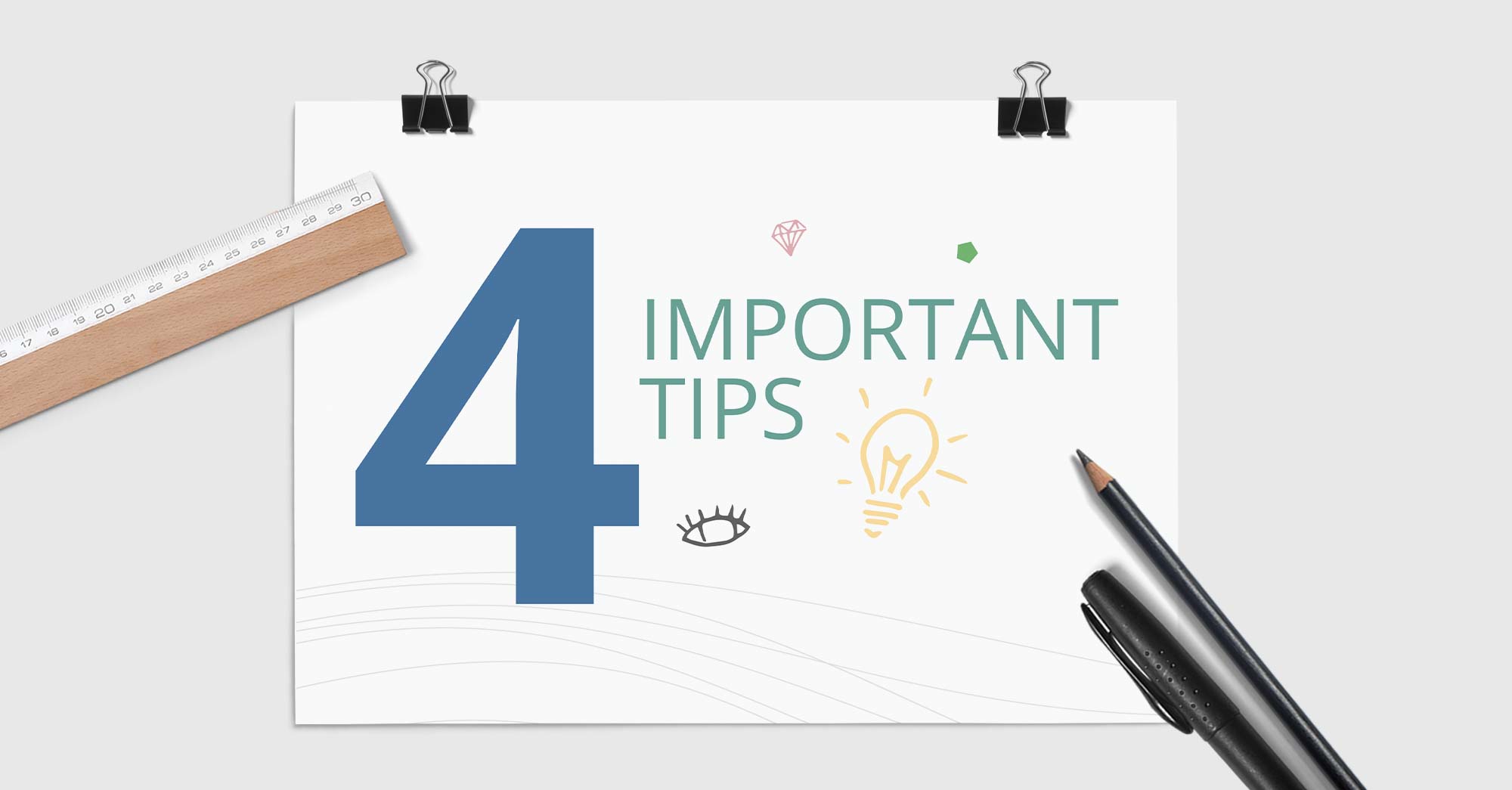Back in the old days, communications were simple. Print out a few brochures, put up a couple of posters around the water cooler, and have HR send out an email. Most small and medium-sized businesses were all in the same office or a few at most.
These days, not only have companies spread out to take full advantage of globalization, but the rise of remote working and hot-desking has changed the definition of an office altogether. Not to put too fine a point on it, but you can’t put up a poster at the company watercooler when each of your thousand employees has their own watercooler, in their house, that they call the kitchen.
Not only that, but employee stock plans have become an increasingly popular offering at companies. If you have a good explanation and introduction to them, they’re very straightforward. But as a regular employee, if you’re trying to decide whether or not to invest a portion of your paycheck for the next three years – you’re most likely not going to be swayed by a poster, or an email full of jargon from HR.
That’s where an employee stock plan communication campaign comes in. And better yet, you can do it yourself – here are the four most important tips to help you get started.
1.Keep it simple
The first hurdle of any employee stock plan is the fear of the unknown. This will most likely be your employees’ first reaction to a stock plan. When people think stocks, they think Wall Street, volatility – and above all, risk.
The jargon that many HR departments throw around doesn’t help. If you want to explain an unfamiliar concept to someone, putting a legal document in email form will not help sway them. Use concepts and language that they will understand and feel comfortable with. You can’t oversimplify things to the point you’re not actually explaining anything, but you can omit unnecessary financial-ese flourishes.
2.Know your audience, and what they want
When it comes to planning your communication campaign, the most productive way to spend your time is: getting to know your audience. This means, what is your plan, and who is it aimed at?
If your plan is for executives, then tailor your language to the sort of benefits they would be excited by. If your plan is for all of your employees, think about their demographics. Are they primarily short-term workers, or just out of college? If so, a campaign that tells them all about the long-term savings, or how your plan is a great way to save for retirement, is not going to land.
If your company has a wide range of employees, then break them down into populations. The sales team gets one email, IT gets another, customer service gets another one, and so on. They don’t have to be wildly different emails. They just have to show a different destination – a destination the employee genuinely wants to take a trip to.
3.Create a buzz
Once you have a grasp of the language and the direction of the campaign, it’s time to show your employees. But you don’t just want to show them – emails and memos from HR are easily ignored. If you want your stock plan to be successful, you need to get your employees talking about it themselves.
The best way to do this is through ambassadors. These are employees who act as an advocate for the stock plan. It doesn’t even have to be official. Have a couple of special training and information sessions for interested employees, and get the excitement flowing. When you go live with your communication plan, the rest of the employees will have a network of colleagues to turn to with their questions.
Help to facilitate this as well. Gather a few ambassadors, give them some pamphlets, and invite the rest of the company in for coffee and bagels. Or set up a forum on your intranet. However you do it, get the buzz going.
4.Not just employees – employee-owners
49% of employees would trade a portion of their salary for an added sense of purpose in their current role. Employee stock plans can help your employees financially. But so can many other corporate benefits. What makes employee stock plans stand out is employee ownership.
Suddenly, your employees are no longer just employees. They’re employee-owners. They feel like owners, they make decisions like owners – and they are rewarded like owners. Employee ownership gives them a bigger stake in the company, and a bigger say. Your campaign should highlight this benefit.
If you have had stock plans already, ask your participants for stories – how they’ve benefited from employee ownership. If they give their permission, weave these stories into your campaign.
Now that you know a few ways to effectively communicate your employee stock plan, contact Global Shares to discuss more ways to manage your plan and free you up to focus on attracting, engaging and retaining the best employees.
This publication contains general information only and J.P. Morgan Workplace Solutions is not, through this article, issuing any advice, be it legal, financial, tax-related, business-related, professional or other. J.P. Morgan Workplace Solutions’ Insights is not a substitute for professional advice and should not be used as such. J.P. Morgan Workplace Solutions does not assume any liability for reliance on the information provided herein.

![Share Plan Administration Software [+Free eBook]](https://www.globalshares.com/wp-content/uploads/2023/10/stock-plan-administration-software-e1650619914403-17.jpg)

